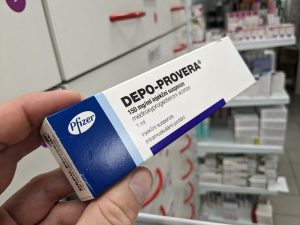Vaginal prolapse is incredibly common, with approximately 30-50% of women having some sort of prolapse during their lives. Our lawyers are investigating vaginal mesh lawsuits involving Cook Medical, in addition to other manufacturers of vaginal mesh systems.

Cook Medical Transvaginal Mesh Cases
Cook Medical held its products out as breakthrough technology
Pelvic organ prolapse is a condition in which structures such as the uterus, rectum, bladder, urethra, small bowel, or the vagina itself may begin to fall or “prolapse” out of their normal positions. These structures may eventually prolapse farther and farther into the vagina, or even through the vaginal opening, without medical treatment or surgery. Enter synthetic mesh devices. No doubt a great idea.
According to the FDA, between January 2008 and December 2010, there were nearly 3,000 adverse event reports involving transvaginal mesh devices. Side effects reported with vaginal mesh can include:
- Infections
- Internal bleeding
- Vaginal scar tissue
- Vaginal wall narrowing
- Painful urination
- Fistulas
- Mesh shrinkage
- Mesh migration
- Urinary problems
- Punctures to the bladder, blood vessels, bowels, or other organs in the lower abdomen
- Mesh erosion into the vagina, bladder, intestines, and uterus
- Pain
- Painful sexual intercourse for both partners
- Recurrence of incontinence
- Recurrence of both pelvic organ prolapse or stress urinary incontinence, or both
Cook Medical held its product out as breakthrough technology, resistant to infection, and “unlike synthetic mesh, nothing is left permanently in the body to cause problems down the road.” On the contrary, Cook Medical transvaginal mesh products have had more than their fair share of problems. (In fairness, they have all put out awful products. Cook Medical is no exception.).
Continue reading












